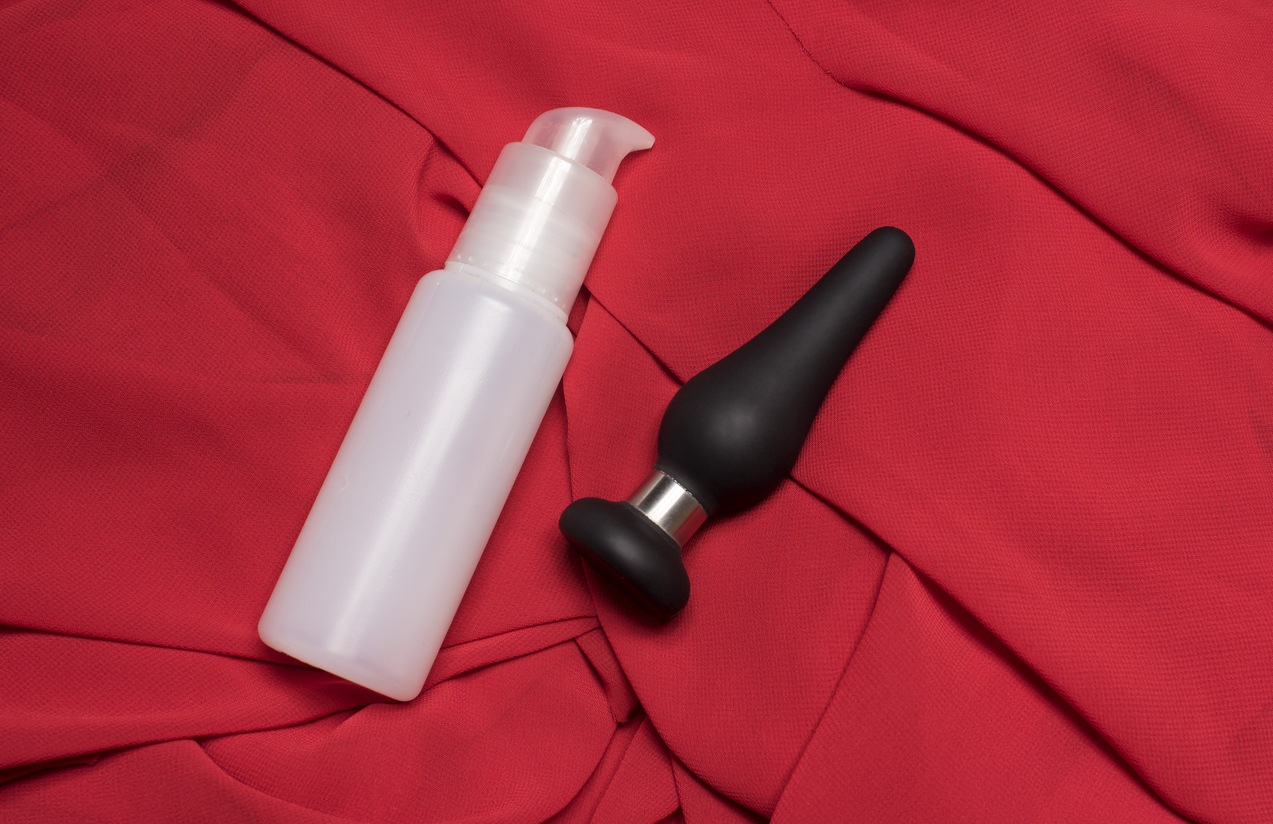Toy-Safe Lube Guide, Part 1: What Works (and What to Avoid)
Let’s be real — nothing kills the mood faster than realizing your favorite toy is sticky, warped, or just feels… off. We’ve been there.
At The Lube Club, we’re not just here to stock your shelf — we’re here to help you protect your pleasure and your investment. This two-part guide walks you through exactly which lubes are safe for your toys — and which ones can quietly destroy them over time.
Why Lube-Toy Compatibility Matters
Using the wrong lube can:
- Damage your toy
- Irritate your skin
- Void your warranty
- Cost you real money over time
Every toy material interacts differently with lube. So understanding those relationships is key to performance and long-term durability.
Lube Types & What Works with What
1. Water-Based Lubes
Best for: All toy materials — silicone, glass, metal, TPE, ABS, and more
Why we love it:
- Safe and universal
- Easy to clean
- Condom-compatible
- Affordable and beginner-friendly
Downside: May dry out during longer sessions — but easily reactivated with a splash of water or saliva.
According to a 2022 systematic review published in Sexual and Reproductive Health Matters, personal lubricants — especially when body-safe and well-formulated — play a critical role in supporting sexual wellness, comfort, and safety for diverse users.
Read the full review here →
Water-based lubes are considered the safest, most versatile option for all toy types. Just be sure to choose one that’s body-safe, pH-balanced, and free of irritating additives like glycerin or parabens.
2. Silicone-Based Lubes (Use With Caution)
Best for: Non-silicone toys like glass, metal, or ABS plastic
Why we love it:
- Ultra-slick and long-lasting
- Shower-safe
- Perfect for anal and marathon sessions
Caution: Can degrade silicone toys — but it’s not always black and white.
Why Some Silicone Toys Survive Silicone Lube
- High-Grade Materials: Platinum-cured, medical-grade silicone is more resistant to breakdown.
- Lube Chemistry: Many “silicone” lubes are actually hybrids.
- Cleaning Habits: Cleaning your toy even the next morning helps.
- Storage Conditions: Toys kept in cool, dry places last longer — period.
Silicone Contact Timeline
| Time in Contact | What Happens |
|---|---|
| 0–5 minutes | No visible damage (especially with high-grade silicone) |
| 5–15 minutes | Microscopic reactions may begin |
| 15–30 minutes | Surface softening starts |
| 30–60 minutes | Stickiness or tackiness becomes noticeable |
| 1–2 hours | Warping or pitting may occur |
| Overnight | Significant, often permanent damage |
3. Oil-Based Lubes
Best for: External massage or very occasional use with glass or metal toys
Why we avoid them:
- Damaging to most toy materials
- Not condom-safe
- Difficult to clean
- Can throw off your pH and stain sheets
Coming Up in Part 2…
That covers lube choice — but lube is only half the story.
Your toys’ true longevity depends on what you do after the fun is over. Clean-up. Storage. Smart habits.
Stay tuned for Part 2: The Ultimate Toy Care Guide — where we show you how to preserve your collection and keep your toys performing like day one.
